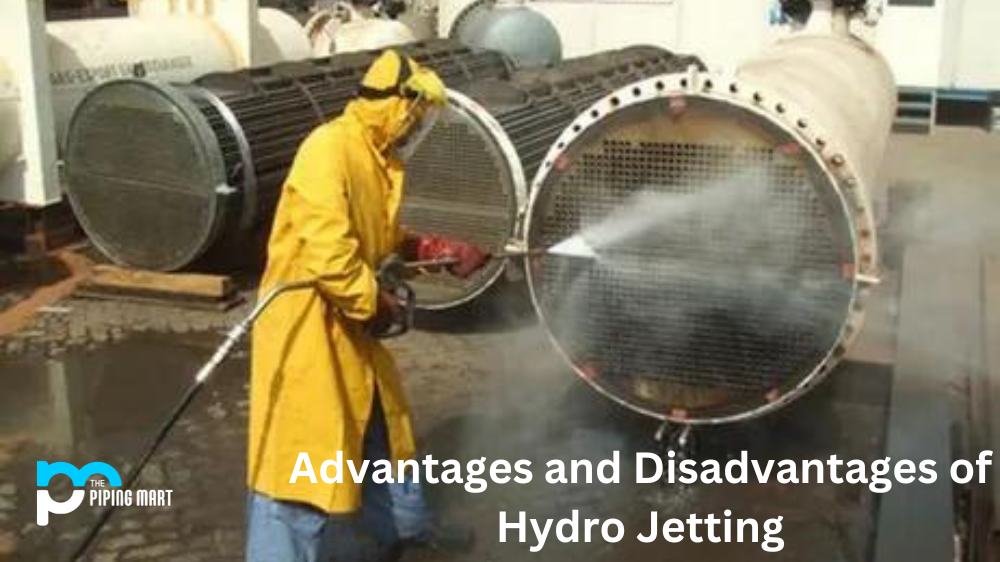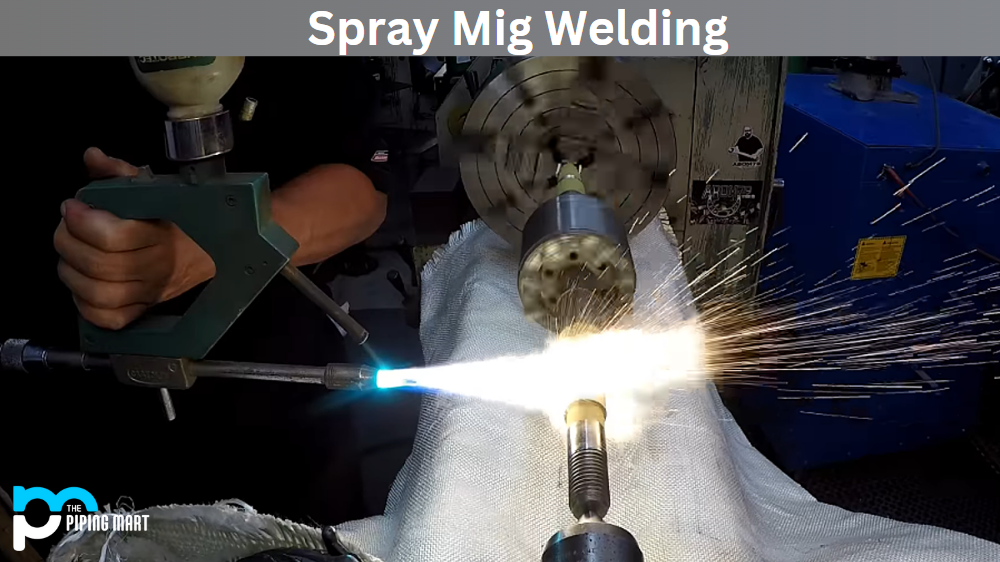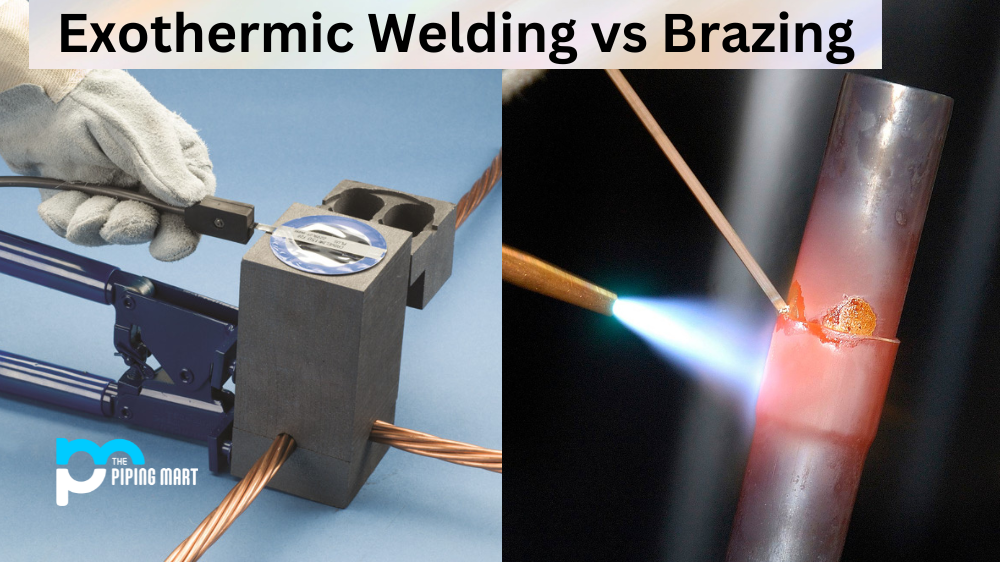What You Should Know About Thermit Welding
Thermit welding is a process that uses a chemical reaction between two materials to create high heat and join them together. This process has been around since the early 1900s and is still used in many industries for its effectiveness and convenience. However, like any welding process, thermit welding has some advantages and disadvantages. Let’s take a look at what these are.
6 Advantages of Thermit Welding
The primary benefit of thermit welding is its speed; this type of welding can be completed in minutes instead of hours or days, as with some other processes. Additionally, the heat generated by the thermit reaction welds metal quickly and efficiently with minimal distortion, making it ideal for applications that require precision and accuracy. The process also creates higher-strength joints than most other welding processes due to the intense temperature reached during the thermit reaction. Finally, thermit welding is more cost-effective than traditional arc or gas welding since it requires fewer consumables, such as electrodes or fluxes.
Stronger Joints
Thermit welding produces stronger joints than other welding methods because the molten metal used to join the two pieces is allowed to cool slowly. This slow cooling process allows the molecules in the metal to align properly, which results in a stronger joint.
More Precise
Thermit welding is also more precise than other welding methods because the heat produced by aluminum and iron oxide reaction is very localized. This means that there is less chance of warping or distortion of the metals being joined.
Faster Welding Time
Another advantage of thermit welding is that it is faster than other methods. This is because the heat produced by the reaction between aluminium and iron oxide is so intense that it melts the metal very quickly.
No Sparks or Flames
Another advantage of thermit welding is that no sparks or flames are produced during the welding process. This makes it a safer welding method than other open flame methods, such as oxy-acetylene welding.
Less Expensive
Thermit welding is also less expensive than other welding methods because it uses aluminum as one of its reactants. Aluminium is a very abundant element and is much less expensive than other metals, such as copper or nickel.
Environmentally Friendly
Thermit welding is also an environmentally friendly welding method because it does not produce any harmful emissions.
6 Disadvantages of Thermit Welding
Thermit welding also has some drawbacks, one of which is the difficulty associated with setting up the reaction correctly. It can be tricky to get all components mixed appropriately to ensure they will react properly when heated up. Thermite welders must wear special protective gear due to the extremely high temperatures involved in this process. Also, because this type of weld requires intense heat, it may not be suitable for certain types of metals or materials that can’t withstand such temperatures without deforming or melting down.
Requires Specialized Training
The process of thermit welding is complex and requires specialized training to be carried out correctly. This can make the process more expensive and less accessible than other welding methods.
High Cost
Thermit welding is also a relatively expensive process. The high cost is due to the fact that the thermit reaction produces a great deal of heat, which requires special equipment to be used. This equipment can be quite costly, which makes thermit welding one of the more expensive welding processes.
Hazardous Materials
The thermit reaction also produces hazardous materials, such as aluminum oxide and iron oxide. These materials can be harmful to both people and the Environment if they are not properly disposed of. As a result, thermit welding can be a dangerous process if proper safety precautions are not taken.
Time-Consuming
Another downside of thermit welding is that it is a time-consuming process. The thermit reaction takes place over a period of several minutes, during which time the metals being joined must be held in place. This can make thermit welding impractical for some applications where speed is important.
Requires Specialized Training
Due to the dangers associated with the thermit reaction, it is important that those who wish to perform thermit welding receive proper training. This training can be costly and time-consuming, which may make it difficult for some people to learn how to perform this type of welding.
Can Be Messy
The thermit welding process can be messy, as it involves molten metal. This can make the process more difficult to control and create a safety hazard.
Requires Specialized Equipment
Specialized equipment is required to carry out the thermit welding process, which can add to the cost of the procedure.
Can Cause Metallurgical Defects
If not carried out correctly, thermit welding can cause metallurgical defects in the welded joint. These defects can weaken the joint and may lead to failure over time.
Conclusion:
Thermit welding is a good process for many industries due to its speed and accuracy compared to other welds. However, certain drawbacks associated with this type of procedure should be considered before attempting it on your project. Ultimately, understanding its advantages and disadvantages can help you decide whether this type of weld is right for your application needs.

Meet Bhavesh, a seasoned blogger with a wealth of knowledge and experience. From metal products manufacturing to retail, Bhavesh has a diverse background in various industries and is dedicated to sharing his insights and expertise with readers.




